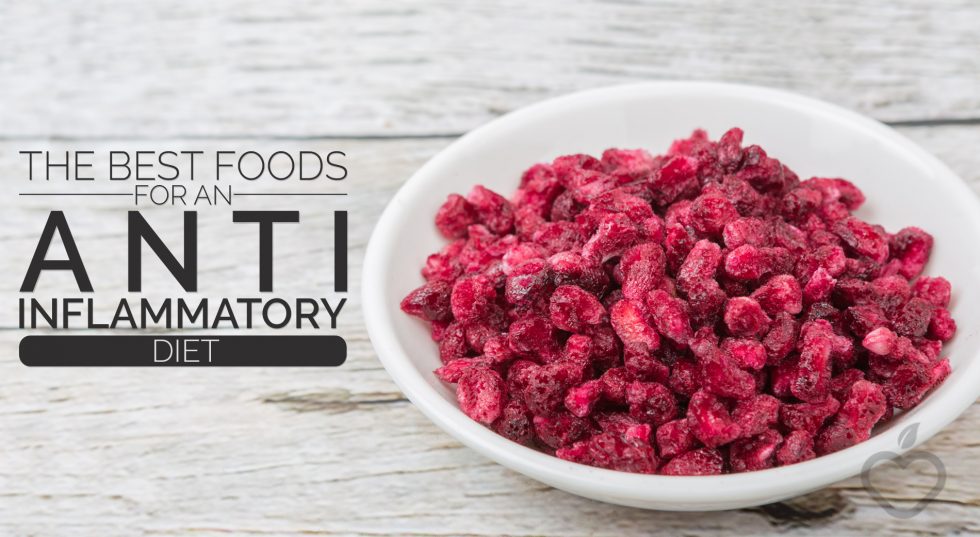Inflammation in the body is a bigger problem than you would initially think. It’s been linked to numerous conditions, including chronic pain, fibromyalgia, and irritable bowel syndrome.
Doctors don’t know everything about inflammation and the problems that it causes. They don’t know exactly how it is caused and whether the diet is connected to it. The problem is that food and science had advanced, but there is still a lot to learn. Symptoms aren’t always the same, and people have different thresholds and intolerances.
That doesn’t mean we can’t take a few steps to make our lives that little bit easier. We know in ourselves if foods are causing problems. We’ll know if a certain lifestyle has an effect on us or whether our bodies are just a little out-of-the-ordinary now and again.
We’ll know deep down when inflammation is cropping up and causing problems for us. And scientists have worked out that there are some diets that do cause this problem. Scientists have found ways around issues and worked out which foods are better for us.
This brings us to today. It’s time to learn everything you can about inflammation and the anti-inflammatory diet.
Why Does Inflammation Occur?
What’s the point in inflammation? If it’s bad for us, why do our bodies do it?
In simple terms, it’s response by the immune system. When our bodies try to fight off an infection, are trying to heal ourselves, or need to repair damaged tissues, it will inflame and become red or sore. It’s a necessary part of the healing process. Without it, the immune system will leave wounds to fester, and any infections we have can’t be fought. We end up much more poorly than we would have done without the inflammation taking place.
But our immune systems aren’t perfect. Sometimes they will attack things that aren’t bad for us. They just don’t realise that some bacteria are good for us or that foods we eat aren’t won’t cause a problem. Some of us suffer from this more than others. The body gets the message that there is an issue and it doesn’t question. It sends the emergency chemicals to take care of it first and then the rest of the body kicks in when necessary.
Of course, if the body reacts when it doesn’t need to, the inflammation leads to more harm than good. It can create chronic pain, as our nerves are trapped or cut off. Blood supply can be restricted, and we can end up with aching joints as the cartilage and tendons are affected.
And annoyingly, pain is part of the healing process! It’s the sign that our bodies need to stop and heal. Fever is another part of the healing process to get us to slow down when we need to. But when inflammation is occurring for no reason, we end up being slowed down without any healing going on.
Do You Suffer from Chronic Inflammation?
There are two types of inflammation that can take place within the body. The good type is acute inflammation. This is the type that you get when it’s healing parts of the body, such as helping you recover from surgery or helping you fight a genuine infection.
Chronic inflammation is the long-term type that happens when you have those long-term, sometimes incurable conditions. These could be autoimmune diseases, arthritis, and even allergies. Things like your environment can set off the chronic inflammation, or your lifestyle could play a part. Scientists don’t know the full reason, but they have linked smoking, poor oral health, stress, and poor diets to factors that lead to inflammation.
Some experts call chronic inflammation the “bad” type because it isn’t curing anything. Instead, it is causing more problems. There isn’t something for it to tackle, but the body is confused and can even start attacking itself. You can be left bed-ridden because of fatigue or pain. You see, once the white blood cells start working in the body, they need to do something. They don’t care what they do, as long as they get to do it. They think that the body has sent them because they have a job, so they will attack healthy tissue and organs believing that there is something there that’s bad.
Read the entire article here.
Editor’s note: This article first appeared on Positive Health Wellness. It has been republished here with permission by Positive Health Wellness.

